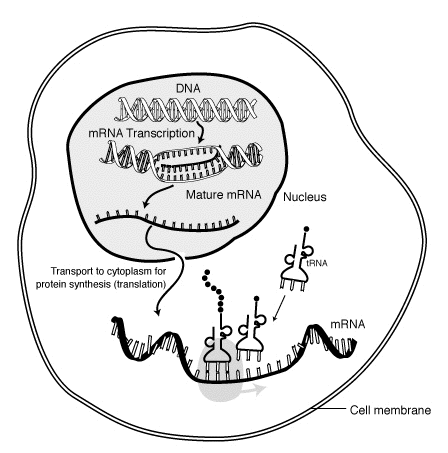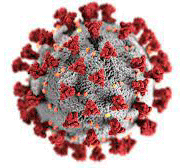


Joseph R Anticaglia MD
Medical Advisory Board
Our immune system is the strongest defense we have against disease. mRNA, or messenger Ribonucleic Acid is the breakthrough vaccine technology used by Moderna and Pfizer-BioNTech pharmaceutical companies to tweak our immune system to protect us against the COVID-19 virus. The companies using mRNA technology instruct the immune system to manufacture neutralizing antibodies to fight COVID. Currently, these vaccines are more than 90% effective in preventing COVID-19 hospitalizations and deaths.
Traditional vaccines are made of whole or parts of dead or weakened viruses or bacteria. Once a person is vaccinated against a specific virus, for example, the hepatitis B virus, the immune system manufactures neutralizing antibodies against that virus. It also puts the “face” of the virus into its memory bank. The next time the person is exposed to the hepatitis B virus, the immune system recognizes its face and sets in motion a series of actions: to locate, kill, and remove it from the body.
Messenger RNA vaccines have the same objective as traditional vaccines — to protect us against infectious diseases. They do not use live, weak, or dead viruses. When you roll up your sleeve to get the Moderna or Pfizer -BioNTech COVID vaccine injection in the deltoid muscle of the upper arm, a cascade of events unfolds

The cell fundamentally is composed of the nucleus, cytoplasm (gel-like fluid outside of the nucleus) and a cell membrane which surrounds the contents of the cell. Inside the nucleus is DNA, deoxyribonucleic acid. DNA produces “blueprints,” coded instructions for protein
synthesis. Our body needs proteins so we can develop, survive, and reproduce. What does the above have to do with vaccines?
Our body also needs a way to decode and carry out DNA instructions. Messenger RNA carries out the instructions of DNA.
DNA makes single strands of messenger RNA (see Fig.1). Somewhat like a court stenographer transcribing (copying) the judge’s instruction to the jury, mRNA “transcribes” — to the letter — the instructions of DNA. Armed with DNA instructions, mRNA exits the nucleus into the cytoplasm and “translates” the coded instructions it received from DNA into a language the cell can use to make proteins. mRNA needs to connect with ribosomes, the cell’s protein factory, and instruct them to make specific proteins.
Ribosomes are like tiny protein factories in the cytoplasm. Their job is to make special order proteins at the direction of mRNA. Part of the protein production team includes transfer RNA or tRNA. tRNA gathers amino acids, the building blocks of protein and puts them in precise sequences to produce a variety of proteins; for instance, bones, muscles, hemoglobin, or insulin.
During the day, ribosomes might receive a special-order from messenger RNA to make Covid-19 spike proteins. These proteins will initiate the body’s immune response to protect us from COVID-19. For the ribosomes crew, it’s just another day of work at the protein factory; this time, mRNA wants the factory workers -ribosomes- to make COVID-19 spike proteins

COVID-19 viruses use spike proteins to break into cells and cause infection. S-proteins are located on the outside of the COVID virus. Their job is to attach themselves to host cells, break into the inside of the cells with their deadly virus. COVID-19 vaccine’s job is to prevent this from happening.
It begins with DNA in the nucleus of the cell and continues with mRNA in the cell’s cytoplasm as discussed above. Once you are injected with the COVID-19 vaccine in the upper arm, your deltoid muscle gets mRNA instructions to make a harmless, tiny piece of the of COVID’s genetic material called “spike proteins.” The S proteins migrate to nearby lymph glands and thereafter circulate throughout the body. Scientists manipulate the harmless, laboratory spike proteins to resemble COVID’s spike proteins.
Once they circulate throughout the body, the laboratory, also called synthetic spike proteins cause the immune system to form antibodies against the COVID-19virus. From this time forward, anything that tries to enter the cell that has spike proteins with COVID’S genetic material in it, is perceived as the enemy. They trigger the immune system to make antibodies preventing the COVID viruses from attaching to our cells as well as seeking and destroying “the enemy.”
With the use of mRNA technology, we can build our own Department of Defense to combat COVID-19 and potentially, other diseases. Some have compared significance of mRNA science to the monumental discovery of antibiotics in the last century. Researchers, using this technology, look forward to fighting heart disease, infectious diseases, autoimmune diseases, and cancer. Scientists are optimistic because of this medical milestone.
COVID-19 Vaccines:
This article is intended solely as a learning experience. Please consult your physician for diagnostic and treatment options.